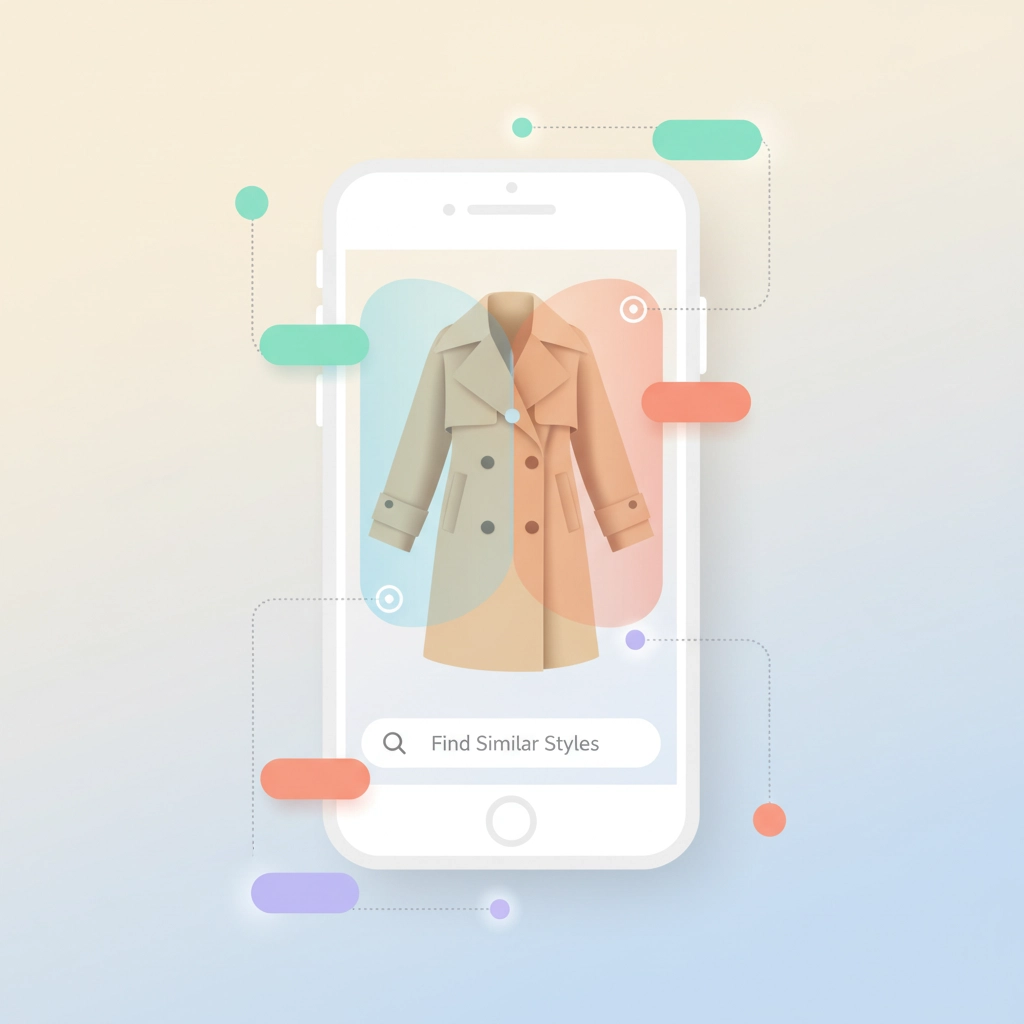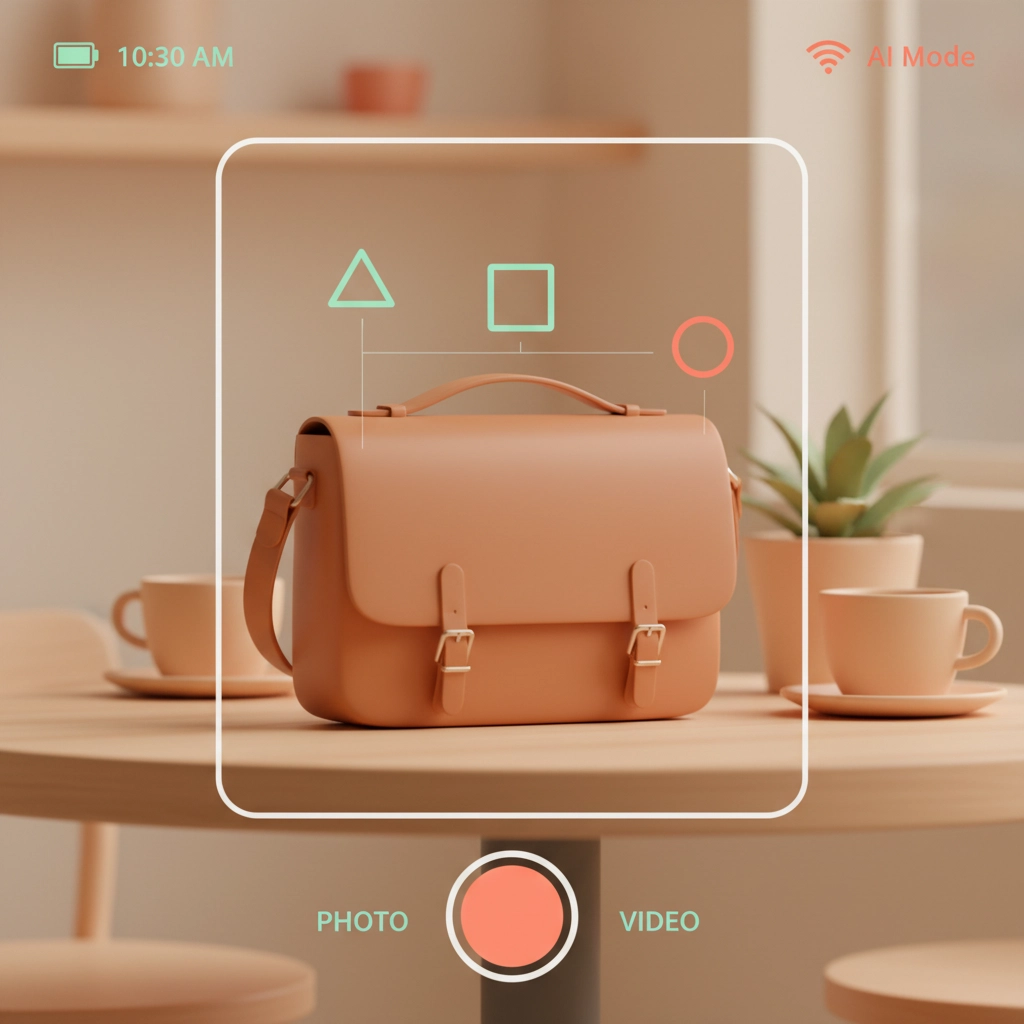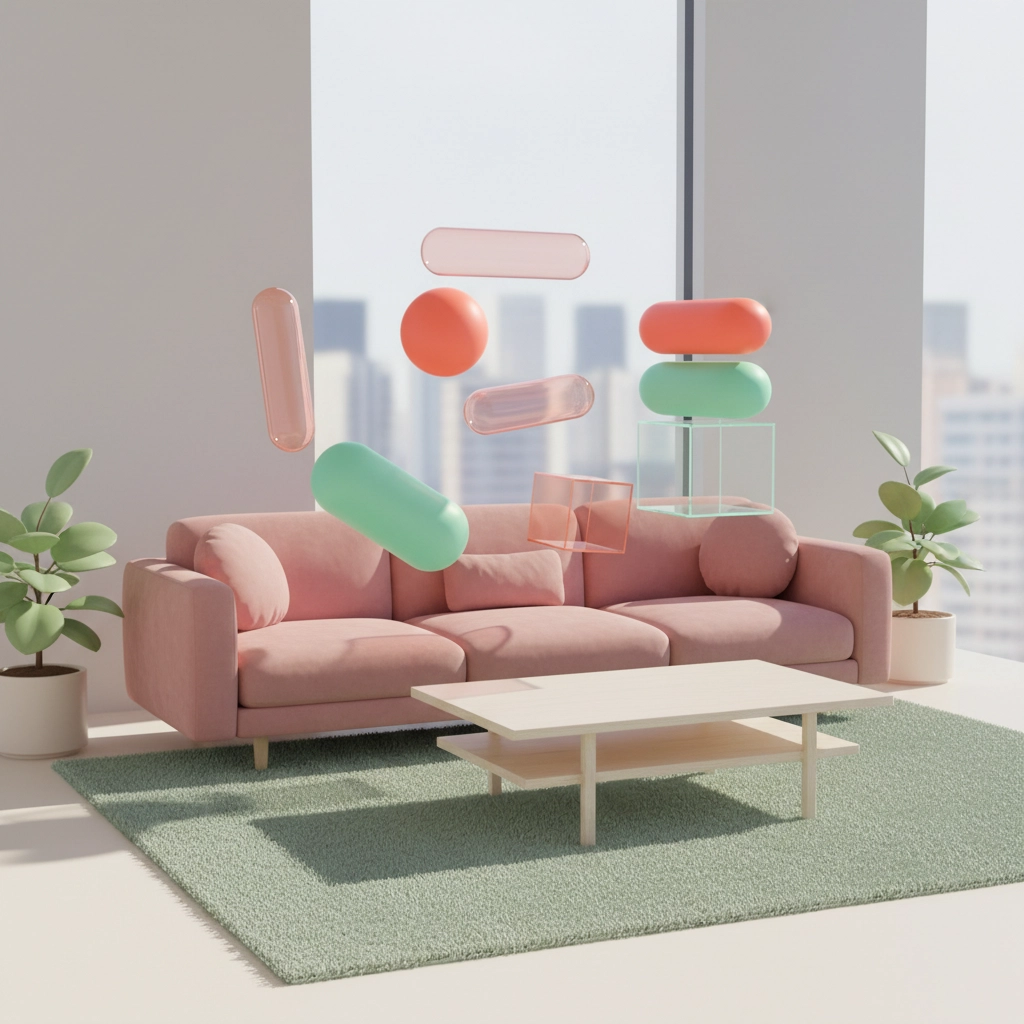AI Shopping Is Here: 7 Visual Search Tricks That Will Change How You Build Wishlists
Most people think building the perfect wishlist means hours of scrolling through endless product pages and typing in search terms. The reality? AI-powered visual search is completely transforming how smart shoppers discover and curate their dream items: and it's happening faster than you think. The global visual search market is projected to reach $150.43 billion by 2032, which means this isn't just a trend: it's the future of how we shop. Whether you're building a wedding registry, organizing

Most people think building the perfect wishlist means hours of scrolling through endless product pages and typing in search terms. The reality? AI-powered visual search is completely transforming how smart shoppers discover and curate their dream items: and it's happening faster than you think.
The global visual search market is projected to reach $150.43 billion by 2032, which means this isn't just a trend: it's the future of how we shop. Whether you're building a wedding registry, organizing gift lists for the holidays, or simply curating your personal wishlist, these seven visual search strategies will revolutionize your approach.
1. Master the Social Media Screenshot Strategy
Here's the game-changer: Instead of desperately trying to describe that "cute boho dress with the weird sleeves" you spotted on Instagram, you can now screenshot and search directly by image.
This technique works brilliantly when you're browsing wishlists from other users and spot something you love but can't quite identify. Visual search eliminates the guesswork entirely: no more typing "vintage gold necklace layered bohemian style" and hoping for the best.
The sophisticated AI algorithms analyze patterns, shapes, colors, and textures in your screenshots, then compare them against massive product databases. You'll get results ranked by visual similarity, not keyword matching, which means more accurate finds and fewer frustrating dead ends.

2. Transform Real-World Inspiration Into Wishlist Gold
Picture this: You're at a coffee shop and notice someone's amazing vintage leather bag, or you spot the perfect throw pillow in a magazine spread. With visual search, these real-world moments become immediate wishlist opportunities.
Simply snap a photo and let AI do the heavy lifting. The technology processes visual elements even when items are partially obscured, worn in different lighting, or styled completely differently than in traditional product photos. This means that candid street style photo can lead you to the exact bag: or incredibly similar alternatives.
Pro tip: This strategy works exceptionally well when organizing categories on your wishlist. Spot furniture inspiration? Add it to your home decor category. See a great outfit? File it under fashion. Visual search makes categorization intuitive and immediate.
3. Use Hybrid Voice + Visual Commands
The most sophisticated shoppers are combining voice and visual search for laser-focused results. Upload an image while simultaneously describing specific features: "Find this black jacket in size medium under $200."
This hybrid approach is particularly powerful for gift registries, where you might love the style of something but need it in different specifications. According to industry data, mobile voice search now supports over 70 languages, making this technique accessible worldwide.
For universal wishlists, this combination helps you maintain consistency across different retailers while finding the exact specifications you need. Instead of settling for "close enough," you get precisely what you want.
4. Leverage AR Integration for Context-Aware Shopping
Visual search paired with augmented reality takes wishlist building to the next level. Before adding that statement chair or wall art to your list, you can see exactly how it looks in your actual space.
This integration prevents those wishlist regrets: you know, when you finally buy something only to realize it doesn't work with your existing decor or wardrobe. AR-enhanced visual search considers context, not just appearance, helping you build more thoughtful, cohesive wishlists.
The technology is especially valuable for categories like home goods, fashion, and beauty products where fit and context matter as much as aesthetics. Smart shoppers use this to create curated collections that actually work together in real life.

5. Capitalize on Contextual and Seasonal Intelligence
Advanced visual search systems now consider contextual cues like seasonality, current trends, and your personal preferences to deliver hyper-relevant results. This means your search for "cozy sweater" in November will surface different results than the same search in April.
For gift registry planning, this intelligence is invaluable. The AI automatically filters results to match current trends and seasonal appropriateness, making your lists feel fresh and timely rather than generic.
You can build dynamic wishlists that evolve with the seasons and trends without manually updating every item. Visual search handles the heavy lifting, ensuring your lists stay relevant and inspiring year-round.
6. Perfect the Mobile-First Discovery Approach
With features like Google Lens and Bixby Vision built into most smartphones, visual search becomes a seamless, on-the-go activity. The key is making this your default shopping behavior, not just an occasional tool.
Start treating your phone's camera as your primary shopping assistant. Spot something interesting during your commute? Snap and search. See a great outfit while traveling? Add it to your wishlist immediately. This mobile-first approach ensures you never lose inspiration and can build comprehensive wishlists organically throughout your day.
The immediate availability means you can maintain active, constantly-evolving wishlists without dedicating specific "shopping time" to research and curation.

7. Build Pattern Recognition Skills for Better Results
Here's what most people miss: The more you use visual search, the better you become at capturing images that yield great results. Understanding how AI analyzes visual elements helps you optimize your searches.
Focus on clear, well-lit photos with minimal distractions in the background. Center your subject and avoid busy patterns or multiple items in frame. The AI performs best when it can clearly identify the primary subject, so clean composition leads to better matches.
This skill becomes particularly important when building comprehensive wishlists across multiple categories. Better search photos lead to more accurate matches, which means your wishlists become more precise and actionable.
Quick Summary: Visual Search Mastery for Wishlist Builders
The Future of Intelligent Wishlist Building
Visual search isn't just changing how we find products: it's revolutionizing how we think about desire and discovery in shopping. Instead of being limited by our ability to describe what we want, we can now shop the way we naturally think: visually and intuitively.
The technology eliminates the gap between inspiration and action. Whether you're building a universal gift registry or simply curating personal wishlists, visual search makes the process more accurate, efficient, and enjoyable.
Smart shoppers who master these seven techniques today will have a significant advantage as visual search becomes the dominant shopping method. Start implementing these strategies now, and watch your wishlist building transform from tedious research into effortless discovery.
The future of shopping is visual, intelligent, and incredibly personal. The only question is whether you'll be among the early adopters who benefit from this revolutionary approach to building wishlists that actually match your dreams.
Ready to create your wishlist?
Start building beautiful wishlists that work everywhere.